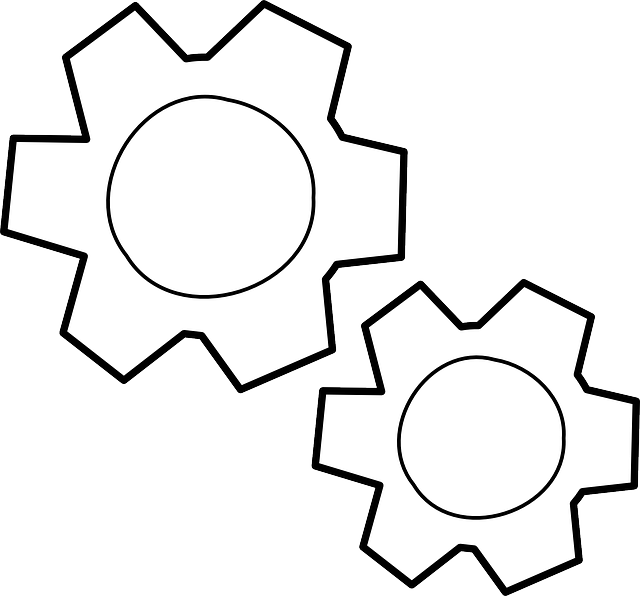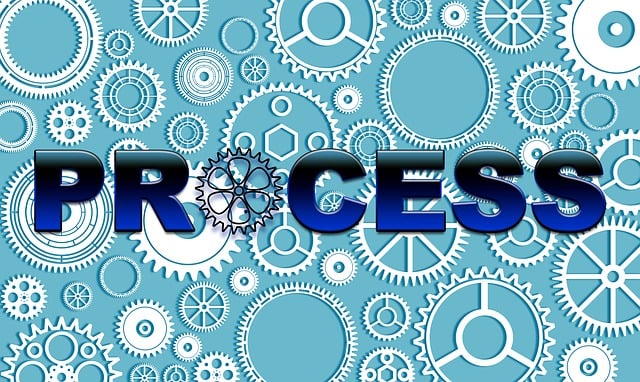Process standardization is a critical driver of organizational success, enabling efficiency, consistency, and a culture of excellence. By outlining precise steps for every task, companies can eliminate variability, optimize workflows, promote teamwork, and enhance overall performance. Implementing Key Performance Indicators (KPIs) allows data-driven decisions and prioritization of improvement initiatives. Continuous improvement techniques like PDCA cycle, SPC, Six Sigma, and Lean principles further bolster quality enhancement efforts. Robust evaluation methods measure the impact of these initiatives, guiding resource allocation and ensuring maximum return on investment in process standardization.
In today’s competitive landscape, a robust quality improvement strategy is essential for organizations seeking excellence. This article guides you through a comprehensive framework, starting with a foundational understanding of quality improvement strategies and their significance. We explore key techniques like process standardization to enhance efficiency and consistency. Additionally, we delve into selecting relevant KPIs, implementing continuous improvement methods such as the PDCA cycle, and evaluating the impact of quality enhancement initiatives for sustained success.
- Understanding Quality Improvement Strategies: A Foundation for Success
- Process Standardization: Unlocking Efficiency and Consistency
- Identifying Key Performance Indicators (KPIs) for Measurement
- Implementing Continuous Improvement Techniques: PDCA Cycle and Beyond
- Measuring and Evaluating the Impact of Quality Enhancement Initiatives
Understanding Quality Improvement Strategies: A Foundation for Success

Understanding Quality Improvement Strategies is the bedrock upon which successful organizations are built. These strategies, encompassing a range of techniques like process standardization, involve continuous evaluation and refinement of operations to meet or exceed customer expectations. By adopting such approaches, businesses not only enhance product or service quality but also foster a culture of excellence that permeates every level of the organization.
Process standardization, a cornerstone of these strategies, streamlines workflows by establishing clear, consistent procedures. This ensures that tasks are executed in a reliable and efficient manner, minimizing errors and maximizing output. With standardized processes in place, teams can better collaborate, resources are optimized, and overall performance improves, setting the stage for sustained growth and competitive advantage.
Process Standardization: Unlocking Efficiency and Consistency

Process standardization is a cornerstone of any quality improvement strategy, offering significant advantages in terms of efficiency and consistency. By defining clear steps and procedures for every task, organizations can eliminate variability and ensure that products or services meet predefined standards. This approach streamlines workflows, allowing teams to work more collaboratively and effectively.
Standardization also fosters a culture of quality by providing a common framework for employees to follow. With standardized processes in place, it becomes easier to identify and rectify deviations from the norm, ultimately leading to higher-quality outputs. Moreover, standardization enables continuous improvement as data can be collected and analyzed to pinpoint areas that require refinement, further enhancing overall efficiency.
Identifying Key Performance Indicators (KPIs) for Measurement

Identifying Key Performance Indicators (KPIs) is a pivotal step in any quality improvement strategy. These KPIs serve as metrics that allow organizations to quantify and monitor their progress towards desired outcomes, particularly when implementing process standardization. By setting clear and measurable targets, businesses can objectively assess their performance and make data-driven decisions to enhance efficiency and overall quality.
Effective KPI selection focuses on aligning indicators with strategic goals, ensuring they capture critical aspects of the standardized processes. This involves evaluating factors such as customer satisfaction, operational efficiency, and consistency in output quality. Once defined, these KPIs provide a clear roadmap for improvement initiatives, helping teams prioritize actions and track their success over time.
Implementing Continuous Improvement Techniques: PDCA Cycle and Beyond

Implementing continuous improvement techniques is a key aspect of any quality enhancement strategy. One powerful method that has gained widespread adoption is the Plan-Do-Check-Act (PDCA) cycle. This iterative process begins with planning, where goals and strategies are defined. Next, the ‘Do’ phase involves putting these plans into action, often through pilot projects or controlled implementations. The ‘Check’ step focuses on monitoring and evaluating the results, collecting data, and assessing performance against set benchmarks. Finally, in the ‘Act’ phase, decisions are made based on the insights gained from checking; this could involve refining processes, making adjustments, or even completely overhauling existing workflows to achieve optimal efficiency and quality standards.
Beyond PDCA, numerous other techniques contribute to a comprehensive quality improvement strategy. Statistical process control (SPC) tools help identify special causes of variation in processes, enabling data-driven decisions for process standardization. Six Sigma methodologies emphasize elimination of defects and variation, leading to enhanced process stability and output quality. Lean principles, popular in manufacturing but increasingly applicable across sectors, focus on minimizing waste and maximizing value, fostering a culture of continuous learning and improvement. Integrating these diverse tools and techniques allows organizations to tailor their quality improvement efforts to specific needs, ensuring ongoing enhancement and competitive advantage.
Measuring and Evaluating the Impact of Quality Enhancement Initiatives

Measuring the impact of quality enhancement initiatives is a crucial step in understanding what works and drives continuous improvement. By implementing robust evaluation methods, organizations can assess whether their strategies are effectively meeting desired outcomes. This involves establishing clear metrics and KPIs (Key Performance Indicators) aligned with the goals of process standardization. Metrics could include efficiency ratios, defect rates, customer satisfaction scores, or employee productivity gains – all providing insights into areas where efforts have had a positive impact.
Regular data collection and analysis enable organizations to make informed decisions. They can identify successful initiatives that should be replicated and those requiring adjustments or replacement. Moreover, evaluating the impact allows for a more targeted approach to quality improvement by pinpointing specific aspects of the process that need refinement. This ensures resources are allocated efficiently, maximizing the return on investment in quality enhancement efforts.
